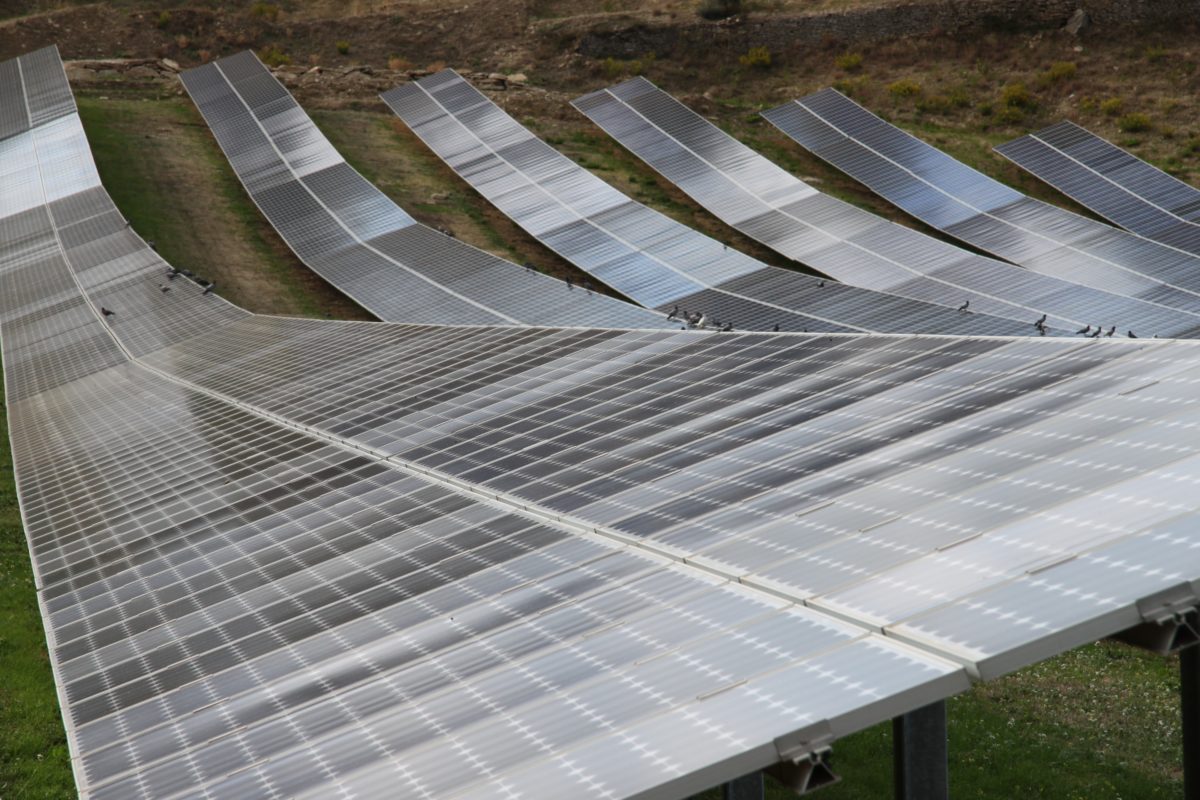China's government today announced an action plan to bring carbon emissions to a peak this decade. In a notification sent to all provincial governments, the State Council confirmed figures which were initially published by the Chinese government in December. According to the document, non-fossil-fuel energy will account for 20% of consumption by the end of 2025, and a quarter of the total by 2030. Carbon dioxide emissions per unit of GDP will be cut by 65% compared to the 2005 levels, as part of the policy. In terms of renewables, the document calls for at least 1.2 TW of solar and wind generation capacity. According to National Energy Administration statistics, China currently had around 253 GW of solar at the end of 2020. The policy also calls for 120 GW of pumped hydro energy storage capacity and more than 30 GW of chemical storage and mandates solar on around half of the nation's new public-sector and industrial buildings.
Solar cell maker Aikosolar has announced two major three-year wafer purchasing agreements, with waste heat company Shuangliang and solar manufacturer Shangji. Aikosolar will buy 2.1 billion pieces from Shuangliang and 780 million pieces from Shangji, with prices set monthly, the company announced yesterday.
Popular content
Solar manufacturer Zhonghuan Semiconductor posted revenue of RMB11.4 billion (US$1.78 billion) in the third quarter, for a 117.46% rise on the same period a year earlier. The net profit attributable to shareholders was RMB1.28 billion (US$200 million), for year-on-year growth of 226.3%. According to Zhonghuan's financial update, market penetration of its ‘G12', 210mm wafers rose to 20%, from only 6% at the beginning of the year. Zhonghuan said its annual wafer manufacturing capacity rose to 73.5 GW by the end of September, 59% of which is G12-compatible. The company's 50 GW G12 factory in Ningxia, which Zhonghuan has said will be the largest wafer fab in the world, is due to start commissioning in December and enter full operation by 2023.
This content is protected by copyright and may not be reused. If you want to cooperate with us and would like to reuse some of our content, please contact: editors@pv-magazine.com.


1 comment
By submitting this form you agree to pv magazine using your data for the purposes of publishing your comment.
Your personal data will only be disclosed or otherwise transmitted to third parties for the purposes of spam filtering or if this is necessary for technical maintenance of the website. Any other transfer to third parties will not take place unless this is justified on the basis of applicable data protection regulations or if pv magazine is legally obliged to do so.
You may revoke this consent at any time with effect for the future, in which case your personal data will be deleted immediately. Otherwise, your data will be deleted if pv magazine has processed your request or the purpose of data storage is fulfilled.
Further information on data privacy can be found in our Data Protection Policy.